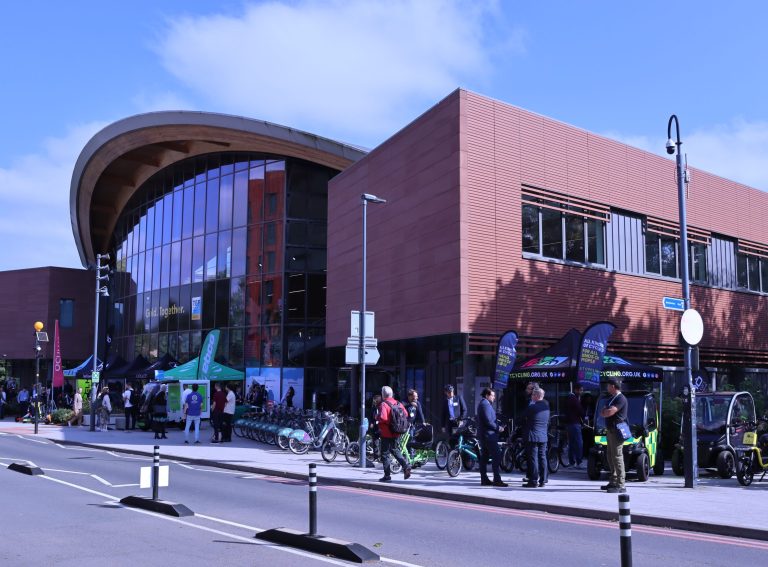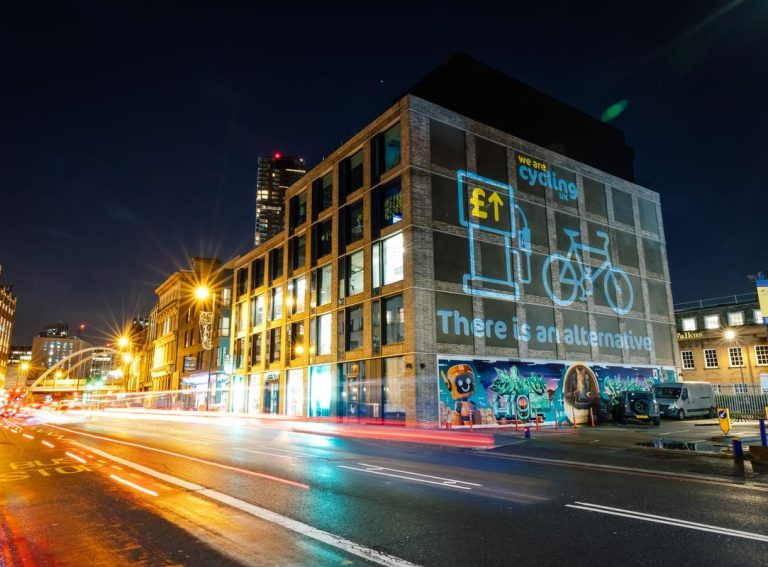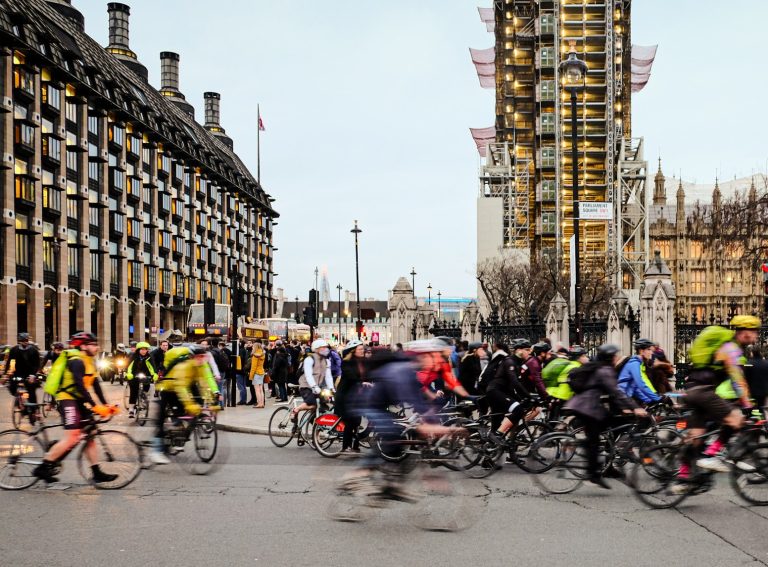UK Prime Minister Rishi Sunak’s ‘anti-motorist’ comments are fuelling aggressive driver behaviour toward cyclists, according to active travel campaigners.
Simon Munk, Head of Campaigns at London Cycling Campaign (LCC), said: “It is clear that anti-cycling, pro-driver rhetoric and the ‘culture war’ using active travel and climate action as a political football has worsened some drivers’ behaviours.”
In late July this year, the PM told the Sunday Telegraph he was on the motorists’s side, ordering a review of what he called anti-car schemes like Low Traffic Neighbourhoods (LTNs).
But campaigners think this narrative is creating a division between ‘in groups’ and ‘out groups’.
An upward trend
Two recent surveys show that this aggressive driver behaviour toward cyclists is becoming a growing concern.
“LCC recently surveyed women who cycle in London and a huge number of them have experienced not just aggressive language and driving but misogynist abuse and sexual assaults,” said Munk. “And while there is a clearly gendered element to who gets the most abuse when cycling, it’s far from confined to women in London – most male cyclists have experienced abuse and aggression from drivers.”
Bristol Cycling Campaign also recently released the results of its annual survey which found that four out of five cyclists in Bristol have experienced issues with aggressive driving.
These issues range from inattentive drivers passing too close, to ‘extreme verbal and physical aggression’.
The survey ran between February and March 2023 and was filled out by 1,136 respondents – it is important to note that the PM’s comments on motorists were made in late July this year.
81% concluded that protected cycle routes on main routes would encourage them to cycle more often.
Matthew Mears, CEO of Bristol-based bike maker Temple Cycles, commented: “We think that the division being created amongst road users is getting worse, in part fuelled by government decision making.”
Responding to the survey, Jamie Hassall, Executive Director of the Parliamentary Advisory Council for Transport Safety (PACTS), said: “Unfortunately, I’m not surprised by the findings.
“The ideal situation is where the traffic is segregated so there is no conflict, making it much safer for other road users. The situation is not helped by mixed messages from the government where positive walking and cycling messages were given with the recent updates to the Highways Code, but the Prime Minister’s recent comments on 20mph zones send the wrong message.”
Mears agrees. “There is a severe lack of education around safe road use in general, but unfortunately cycling in mixed lanes with motor vehicles will always carry risk no matter how much cooperation there is. The only long term and viable solution is to have segregated cycle lanes. There will also be a growing grey area here, as we welcome more and more electric cargo bikes and larger lightweight electric vehicles into the cycle lanes. Vehicle classification will need to be overhauled before it’s too late.”




